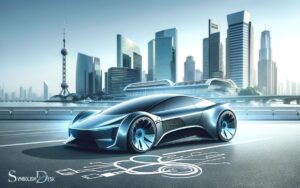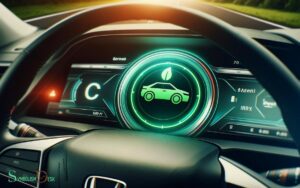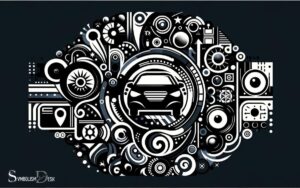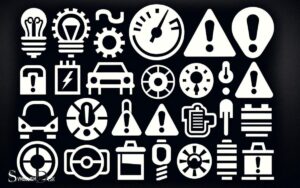Air Recirculation in Car Symbol: Explanations!
The air recirculation symbol in a car indicates that the vehicle’s ventilation system is recycling the air inside the cabin instead of drawing fresh air from outside.
The air recirculation feature in cars is designed to help maintain a comfortable cabin temperature and improve the efficiency of the heating, ventilation, and air conditioning (HVAC) system.
When activated, this feature prevents external air from entering the car, instead recirculating the air that is already inside. The symbol for air recirculation typically looks like a car with an arrow inside, looping around.
Using air recirculation can be beneficial in several scenarios:
However, it’s not advisable to keep the air recirculation on all the time, as it can lead to stale air and increased cabin humidity.
For optimal comfort and air quality inside your vehicle, it’s important to strike a balance between using the air recirculation feature and allowing fresh air to enter the cabin.
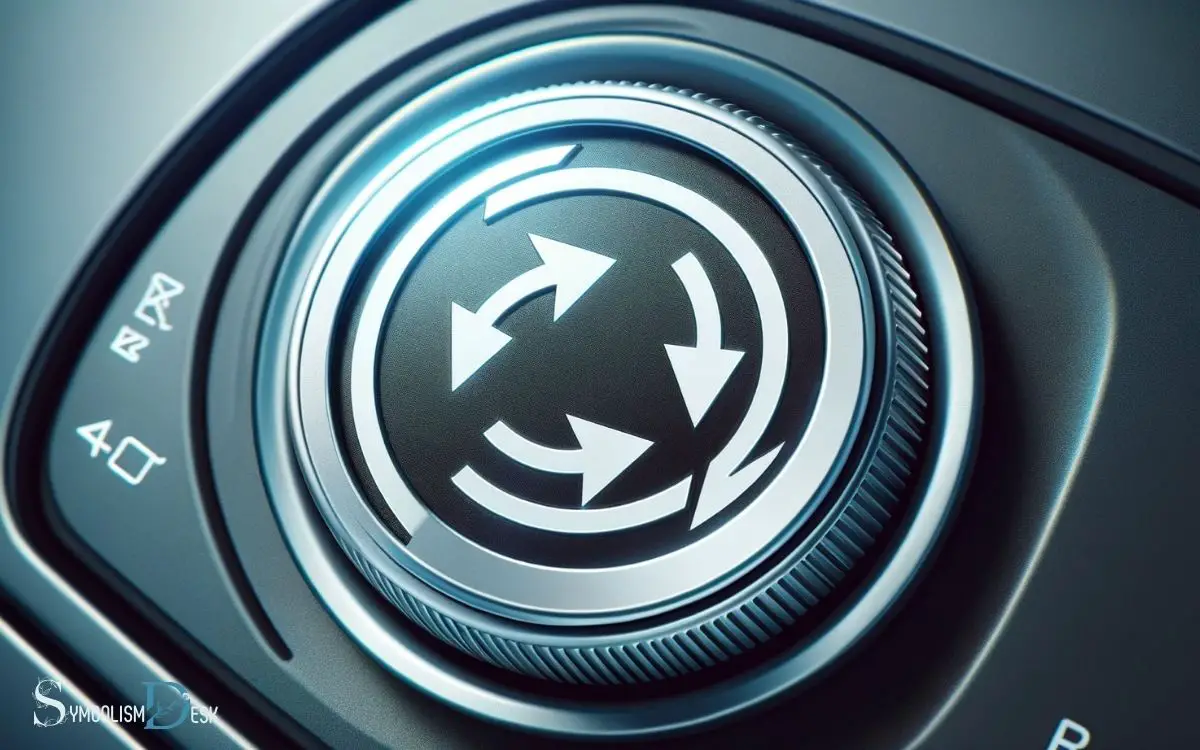
Key Takeaway
Understanding the Air Recirculation Symbol
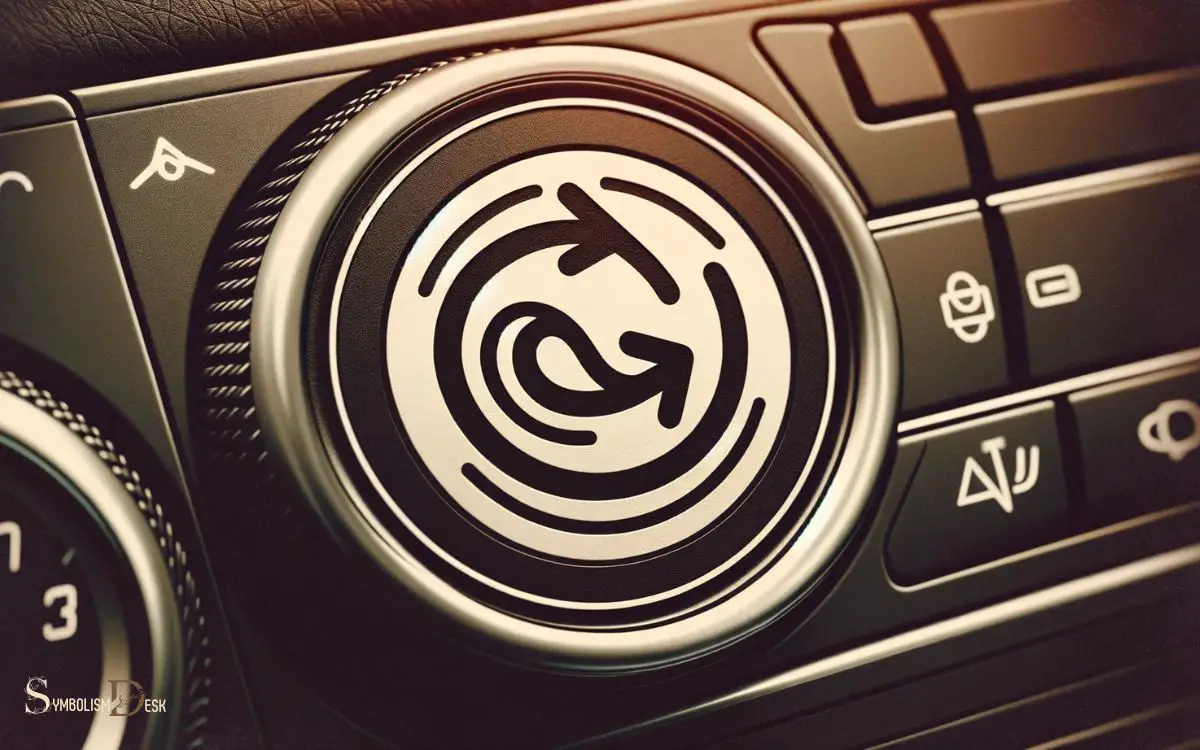
The air recirculation symbol, often seen in cars, indicates whether the cabin air is being recirculated or fresh air is being drawn in from outside.
When the symbol is activated, it means that the air inside the vehicle is being recirculated, which can be useful in certain situations such as driving through areas with poor air quality or when the external environment is dusty or smelly.
On the other hand, when the symbol is turned off, it allows fresh air from outside to enter the cabin, which is beneficial for maintaining a constant flow of fresh air, especially on pleasant weather days.
Understanding this symbol is important for ensuring the desired air quality within the vehicle and for creating a comfortable driving experience. It helps drivers and passengers identify the specific function of the climate control system, enabling efficient regulation of temperature and ventilation. Recognizing the air conditioner symbol meaning ensures that users can quickly activate cooling features or adjust settings as needed. By familiarizing yourself with these symbols, maintaining a pleasant and healthy in-car environment becomes much simpler.
Benefits of Using Air Recirculation
Utilizing air recirculation in a car provides several benefits. Firstly, it can significantly improve the air quality inside the vehicle by reducing the intake of outside pollutants.
Additionally, it promotes energy-efficient cooling by recirculating the already cooled air, resulting in a more comfortable and economical driving experience.

Improved Air Quality
Frequently using air recirculation in a car can significantly improve the air quality inside the vehicle. This feature prevents outside air, which may contain pollutants, from entering the car, thus reducing the presence of harmful particles and odors.
The benefits of using air recirculation include:
- Reduction of Outdoor Pollutants: By recirculating air within the car, the intake of pollutants such as vehicle exhaust, industrial emissions, and allergens is minimized.
- Healthier Environment: Improved air quality can lead to a healthier driving experience, especially for individuals with respiratory issues or allergies.
- Odor Elimination: Air recirculation can help in eliminating unpleasant odors from entering the vehicle, creating a more pleasant and comfortable environment for the passengers.
Energy Efficient Cooling
Drivers can maximize their vehicle’s energy efficiency by utilizing air recirculation, reducing the need for the air conditioning system to work harder.
When the air recirculation mode is activated, the system circulates the air inside the vehicle, rather than constantly pulling in hot, humid air from the outside.
This helps maintain a cooler interior temperature, as the recirculated air has already been cooled by the vehicle’s air conditioning system.
By recirculating the already cooled air, the air conditioning system doesn’t need to work as hard to lower the temperature inside the vehicle, thereby reducing the overall energy consumption of the vehicle.
This not only benefits the environment by reducing fuel consumption but also extends the lifespan of the air conditioning system, saving the driver money on potential repairs or replacements.
How Air Recirculation Works
By recirculating the air, the car’s ventilation system reduces the amount of outside air entering the cabin.
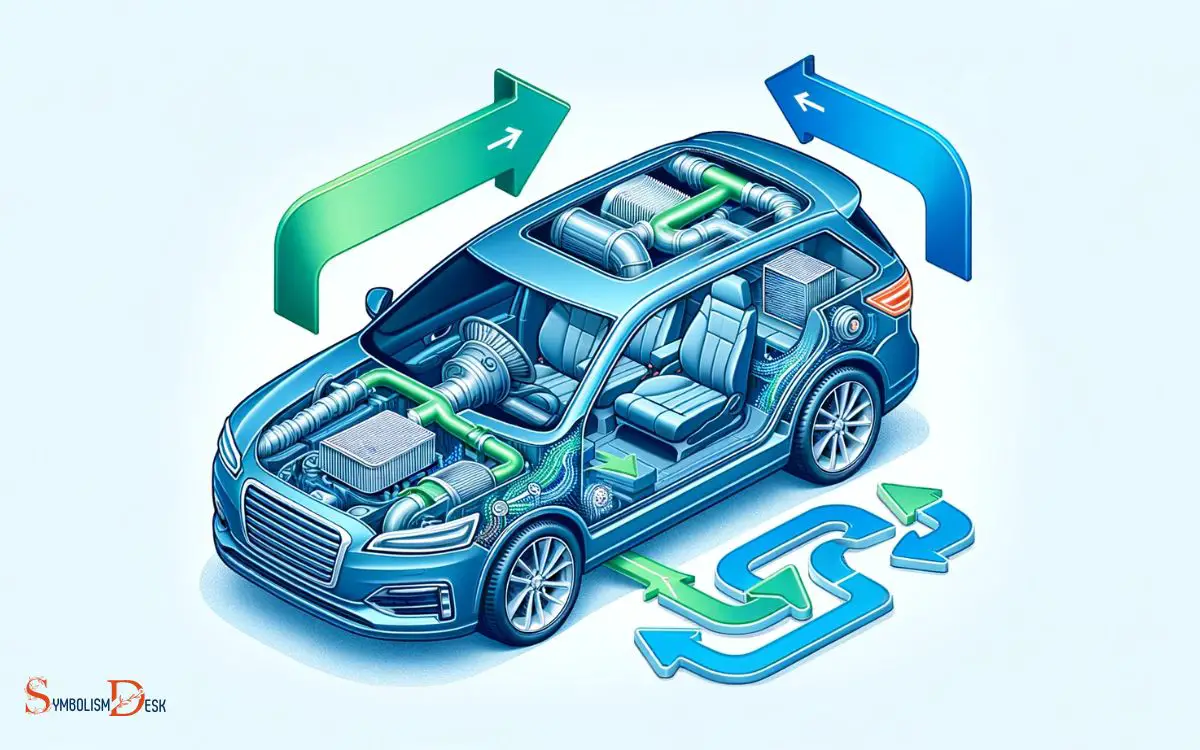
This process involves several key steps:
- Air Intake: The system draws air from inside the vehicle through a vent, typically located near the dashboard or center console.
- Filtration: Before recirculating the air, it passes through a cabin air filter to remove any contaminants or odors.
- Recirculation: Once inside, the air is recirculated through the HVAC system, allowing it to cool or heat as necessary before being distributed back into the cabin.
When to Activate Air Recirculation
When considering when to activate air recirculation in a car, there are several important points to consider. First, understanding the benefits of recirculation, such as reducing exposure to outside pollutants and allergens, is crucial for making informed decisions.
Additionally, taking into account the energy efficiency considerations can help drivers optimize their use of air recirculation for a more comfortable and healthier driving experience.
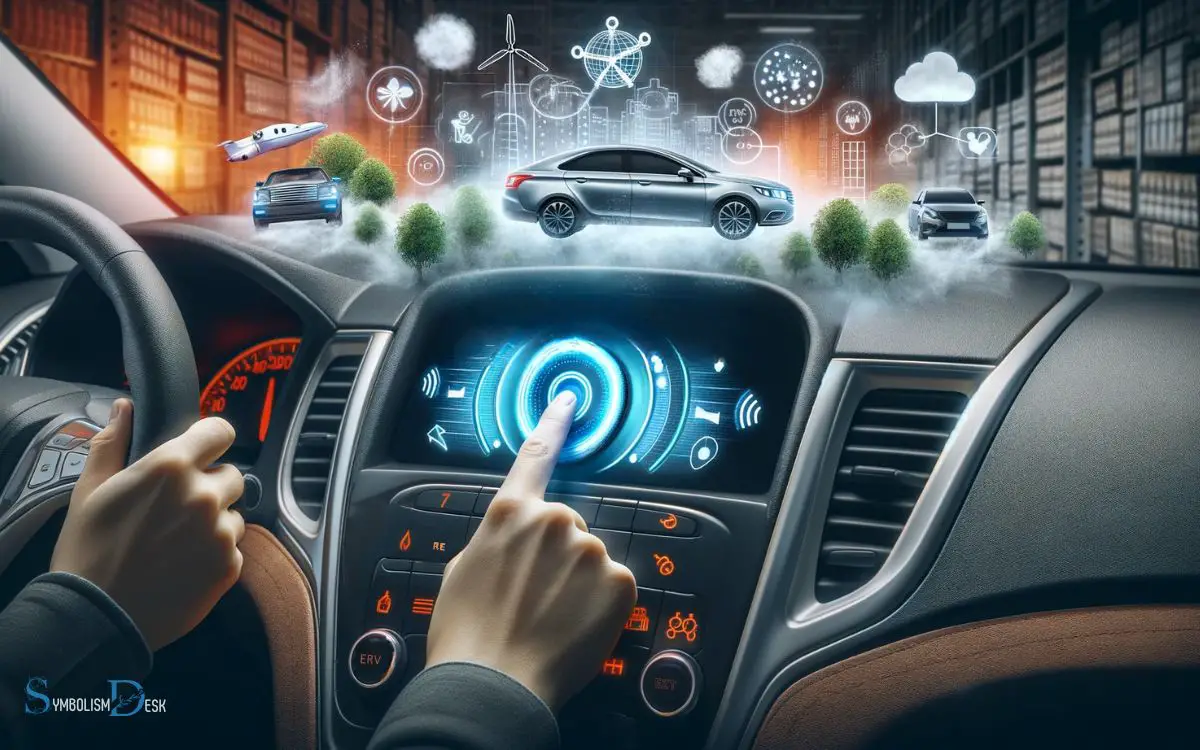
Benefits of Recirculation
The use of air recirculation in a car offers significant benefits for improving interior air quality and reducing exposure to external pollutants. When to activate air recirculation is crucial for maximizing these benefits.
- By activating air recirculation mode, drivers can effectively:
- Reduce the intake of external pollutants such as vehicle exhaust, industrial emissions, and unpleasant odors, which is especially beneficial in heavy traffic or urban areas.
- Minimize the amount of allergens and airborne particles from entering the vehicle, leading to a cleaner and healthier cabin environment.
It is important to note that while air recirculation provides these benefits, it should be used judiciously to prevent the buildup of carbon dioxide levels within the vehicle.
Polluted Areas and Recirculation
In polluted areas, drivers should consider activating air recirculation to minimize exposure to external pollutants and maintain better air quality inside the vehicle.
When driving through areas with high levels of air pollution, such as heavy traffic, industrial zones, or construction sites, external air intake can bring in harmful particulate matter, nitrogen oxides, and volatile organic compounds.
By activating the recirculation mode, the vehicle’s interior air is continuously filtered, reducing the intake of these pollutants. This helps to protect the occupants from potential health risks associated with poor air quality.
It’s important to note that recirculating air for extended periods in heavily polluted areas may lead to a build-up of carbon dioxide inside the vehicle, so it’s advisable to switch back to fresh air intake when the vehicle exits the polluted area.
Energy Efficiency Considerations
Activated air recirculation mode enhances energy efficiency in a car by minimizing the need for the HVAC system to cool or heat incoming air. This is particularly beneficial under certain conditions:
High Temperature Environments:
In hot climates, air recirculation can help maintain a cooler cabin by continuously recirculating the already cooled air, reducing the load on the air conditioning system.
Polluted or Unpleasant Odor Areas:
When driving through areas with poor air quality or unpleasant odors, such as construction sites or industrial zones, recirculating the air within the car can prevent outside air from infiltrating the cabin, thus improving energy efficiency by reducing the need to purify incoming air.
Impact on Air Quality Inside the Car

Air recirculation in a car can have a significant impact on the overall air quality inside the vehicle. When the air recirculation mode is activated, the system pulls air from inside the car, rather than drawing it from the outside environment.
This can lead to a buildup of carbon dioxide (CO2) and other pollutants inside the car, especially in heavy traffic or urban areas with poor air quality.
Additionally, in recirculation mode, airborne particles such as dust, pollen, and odors can accumulate inside the vehicle, potentially causing discomfort or respiratory issues for the occupants.
It’s important to periodically switch to fresh air mode to allow for the circulation of outside air and prevent the buildup of indoor pollutants, thus maintaining a healthier environment inside the car.
Common Misconceptions About Air Recirculation
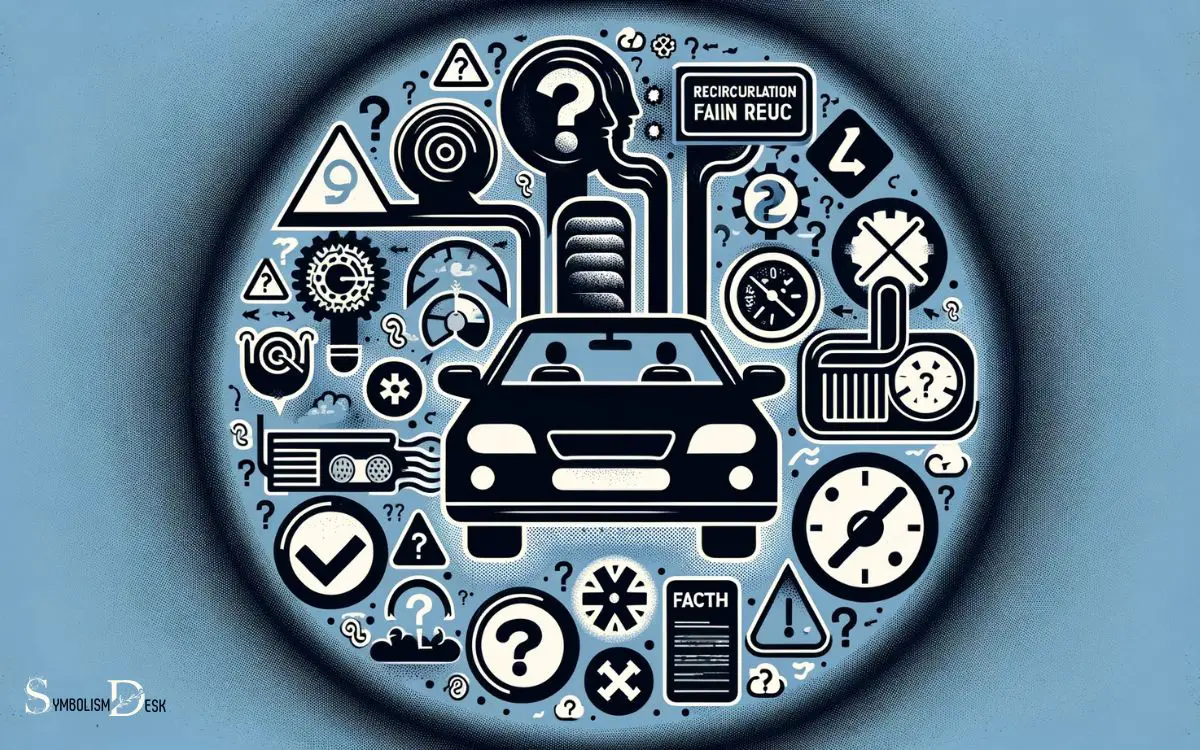
One common misconception about air recirculation in cars is that it only recirculates stale air. However, this is not entirely true. Air recirculation also helps in reducing the intake of outside air, which may contain pollutants, odors, and allergens.
This function can be particularly useful when driving through areas with poor air quality, such as construction zones or industrial areas.
Additionally, air recirculation can improve the efficiency of the air conditioning system by cooling the air more quickly since it is recirculating within the car.
This helps in maintaining a comfortable temperature inside the vehicle, especially during hot weather. These factors contribute to a more pleasant and healthier driving experience than just recirculating stale air.
Moving on to the next section, it’s important to understand the effect of air recirculation on fuel efficiency.
Effect on Fuel Efficiency
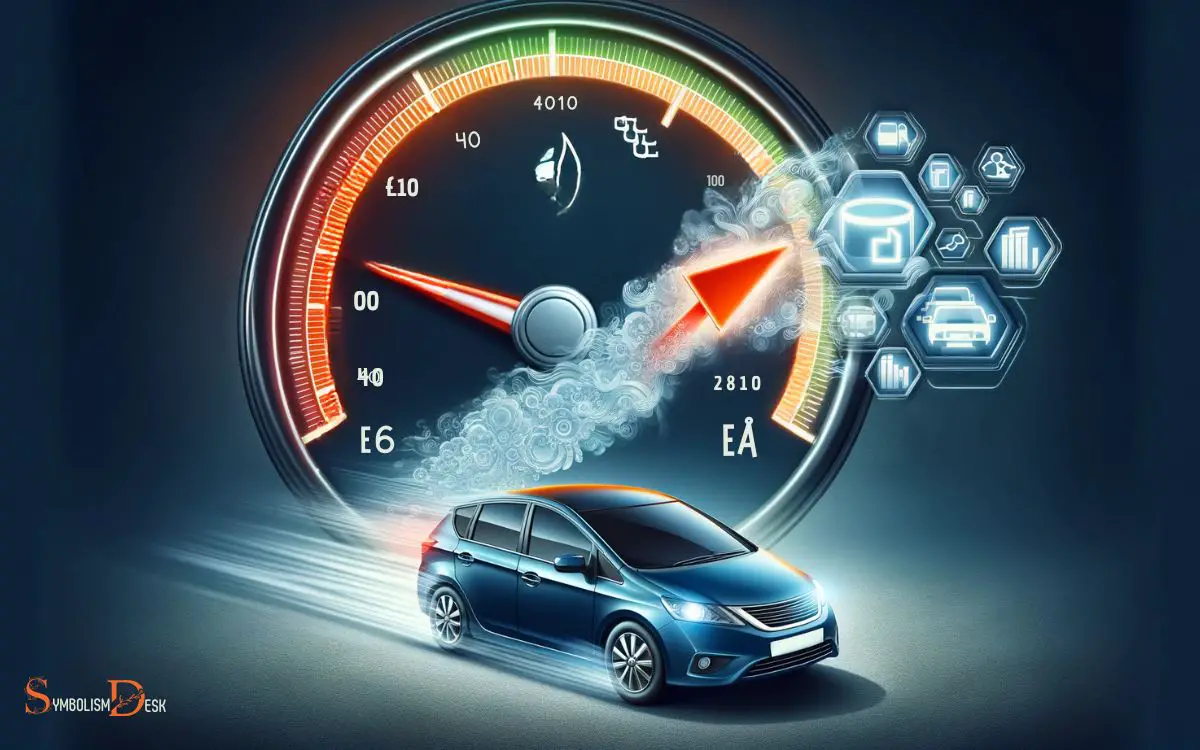
When air recirculation is engaged, fuel efficiency can be affected due to the reduced need for the air conditioning system to cool incoming air.
By recirculating the air inside the car instead of constantly bringing in outside air, the air conditioning system doesn’t have to work as hard to cool down the cabin, leading to less strain on the engine and reduced fuel consumption.
This is particularly noticeable during hot weather or in stop-and-go traffic where the air conditioning system operates frequently.
However, it’s important to note that while air recirculation can improve fuel efficiency in certain conditions, using it exclusively for extended periods can lead to a buildup of carbon dioxide inside the car, potentially causing drowsiness and reduced alertness, especially on long drives.
Therefore, it’s essential to strike a balance between fuel efficiency and cabin air quality.
Maintenance Tips for Air Recirculation System
Engaging in regular maintenance for the air recirculation system is essential for preserving fuel efficiency and ensuring optimal cabin air quality.
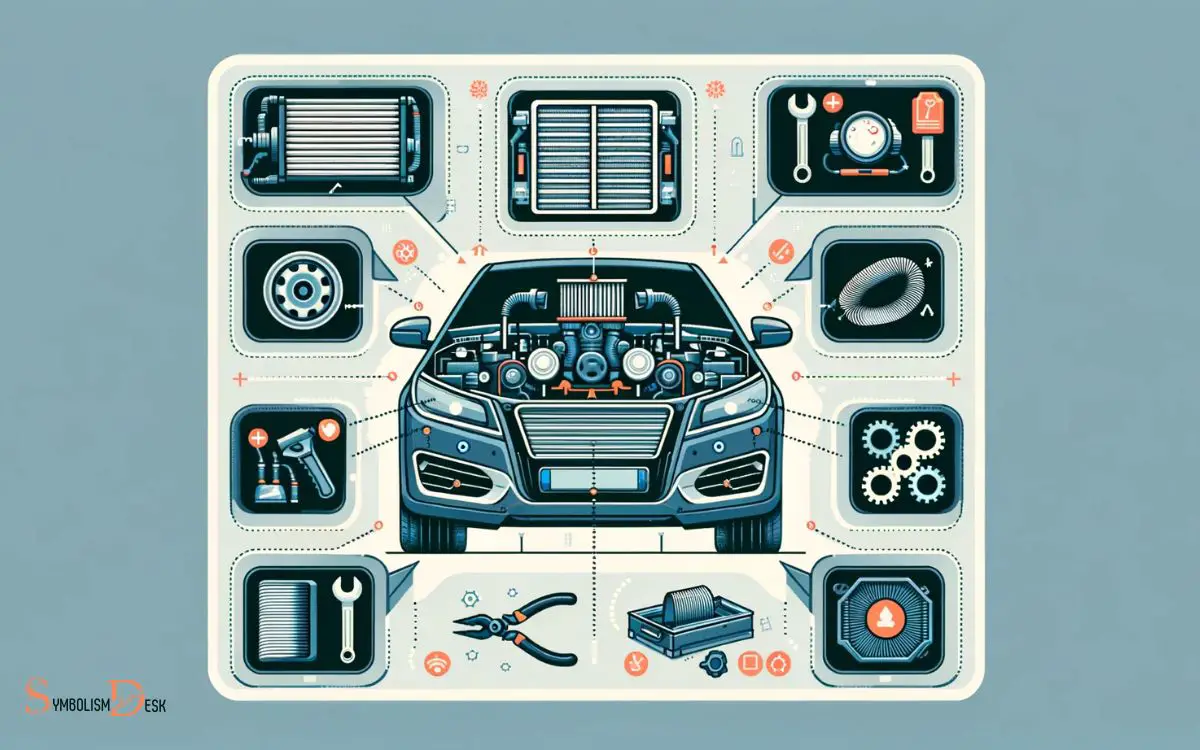
To maintain the air recirculation system, car owners should:
- Replace Cabin Air Filters: Regularly replace cabin air filters to prevent the buildup of dust, pollen, and other contaminants that can hinder air circulation and degrade air quality.
- Inspect System Components: Periodically inspect system components, such as the recirculation flap and air intake, for any signs of damage or blockages. This ensures proper functioning and prevents potential issues that could affect air circulation.
Conclusion
The air recirculation symbol serves as a savvy solution for improving air quality and saving fuel in your car. By activating this feature at the right times, drivers can enjoy fresher air and greater efficiency.
Remember to regularly maintain the air recirculation system to ensure optimal performance. So, stay smart and switch on the air recirculation symbol to secure a smoother and superior driving experience.


